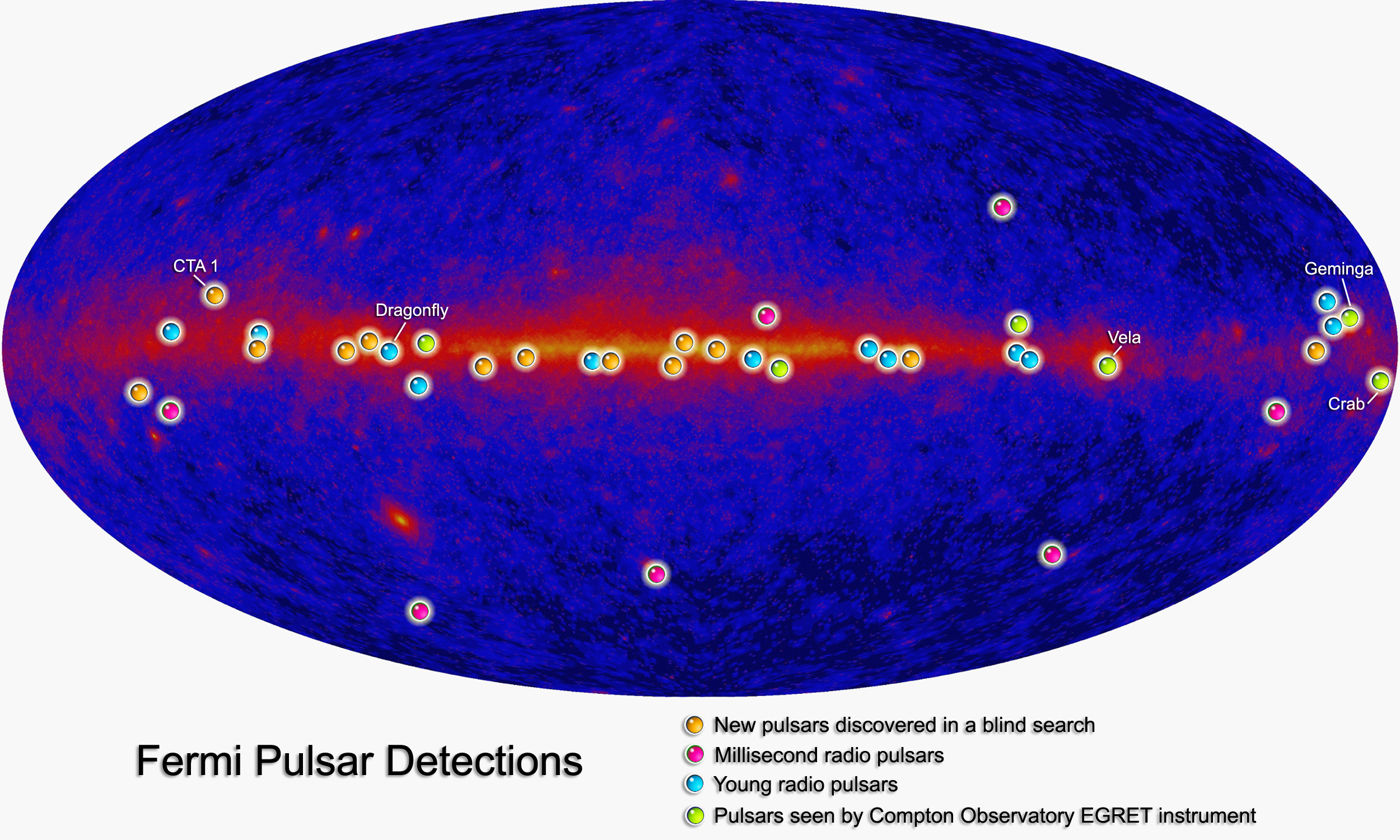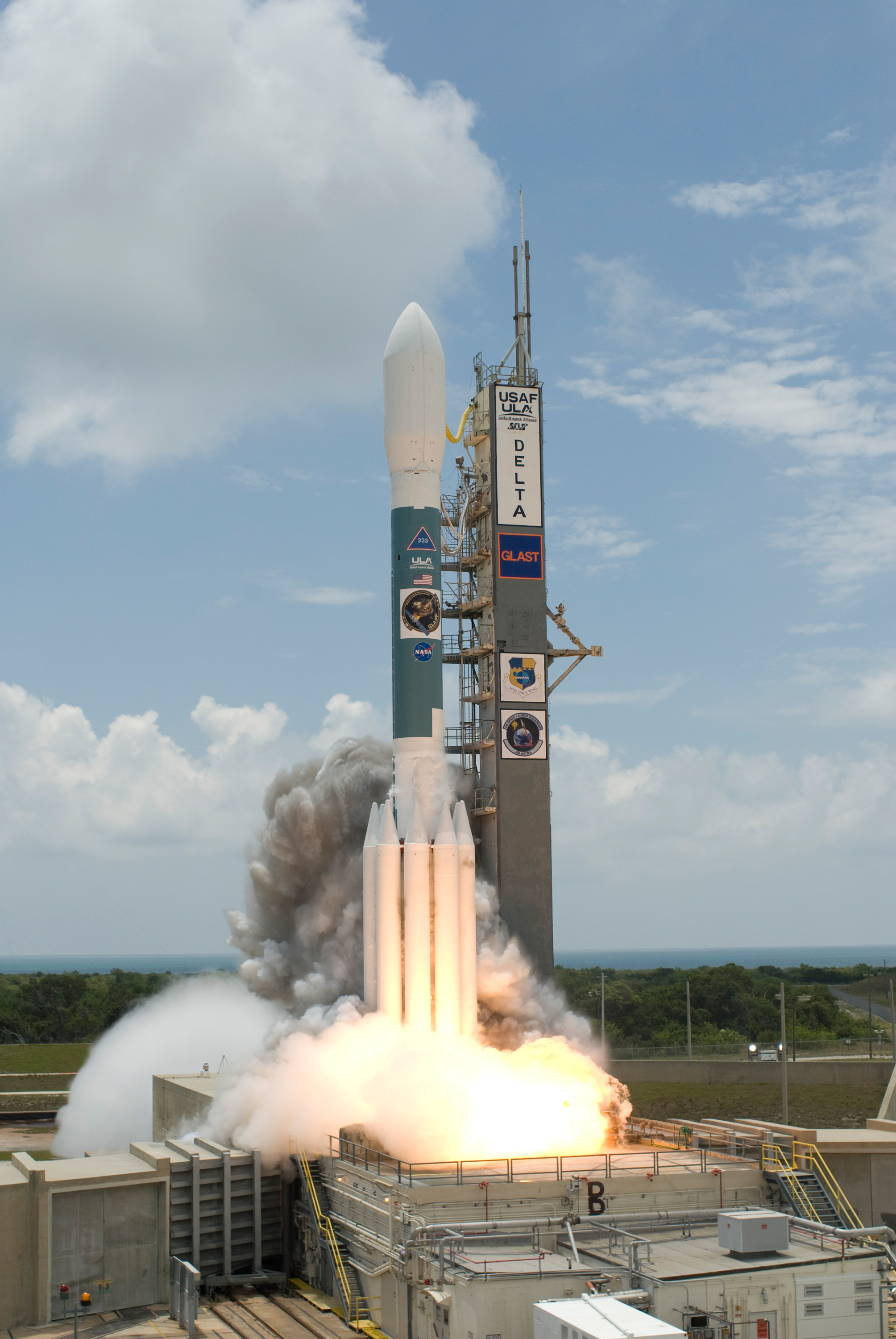The Fermi Gamma-ray Space Telescope (FGST)
The Fermi Gamma-ray Space Telescope (FGST)
Ingenium provided the project with thermal engineering expertise.
Thermal engineering helped in the design of the Anticoincidence Detector and in its thermal vacuum testing in Rome, Italy.
Project Details
The Fermi Gamma-ray Space Telescope (FGST) is a space observatory being used to perform gamma-ray astronomy observations from low Earth orbit. Its main instrument is the Large Area Telescope (LAT), with which astronomers mostly intend to perform an all-sky survey studying astrophysical and cosmological phenomena such as active galactic nuclei, pulsars, other high-energy sources and dark matter.
Project Mission
NASA designed the mission with a five-year lifetime, with a goal of ten years of operations.
The key scientific objectives of the Fermi mission have been described as:
- To understand the mechanisms of particle acceleration in active galactic nuclei (AGN), pulsars, and supernova remnants (SNR).
- Resolve the gamma-ray sky: unidentified sources and diffuse emission.
- Determine the high-energy behavior of gamma-ray bursts and transients.
- Probe dark matter (e.g. by looking for an excess of gamma rays from the center of the Milky Way) and early Universe.
- Search for evaporating primordial micro black holes (MBH) from their presumed gamma burst signatures (Hawking Radiation component)
- Prev
- Next
- Next




